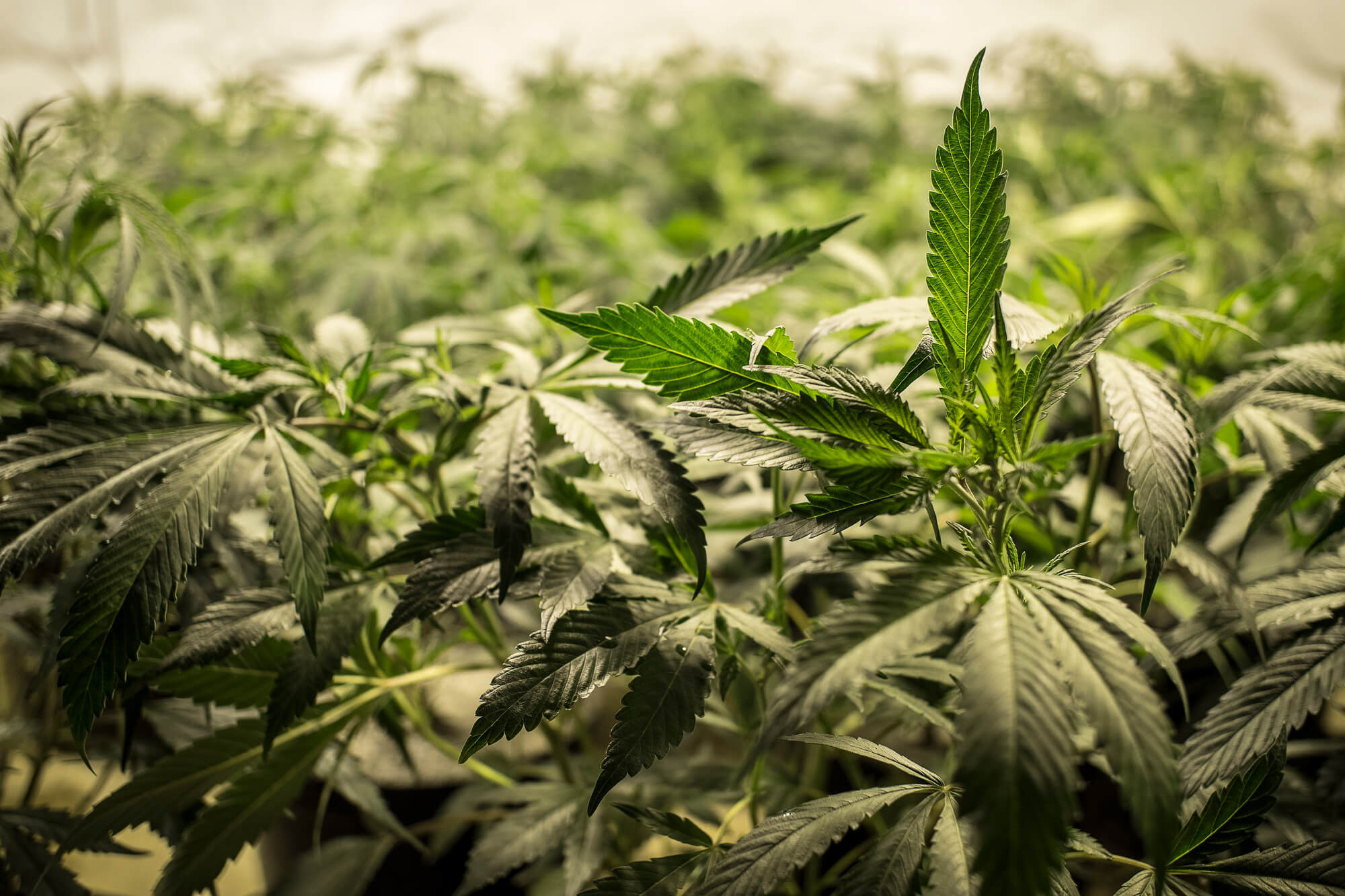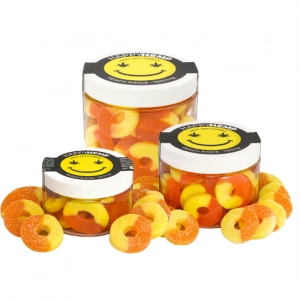
- CBD
-
by Happy Hemp
Before you show off your culinary genius, you need to be a happy hempy farmer. We know a thing or two about quality hemp products and just what soil is best for your CBD needs. So, the next time your mother-in-law asks for your apple pie CBD recipes, be sure to inform her of the soil as well.
Delving Into the Weeds
Industrialized hemp production has a long and rich history. Early examples of its use date back to nomadic tribes along rivers and streams. Usually accompanied around the ancient grow sites is evidence of manured areas.
Once hemp came to North America in the 17th century, it played a crucial role from the start. Lancaster County, Pennsylvania, during the following century, had 100 water-powered hemp mills to produce oil, which was an ingredient in paints, ink, varnishes, and lamp oil.
The Best Soil for Your Reefinery
Over the past 15 years, there has been a tidal shift in the progression of hemp products. With the sweeping changes, residents in most states have the freedom to grow in their backyards. While hemp grows in various soils, the best soil for cannabis will increase your crops’ health and overall yields.
For the best harvest, we advise the use of deep, loose, well-aerated loam. With an abundance of organic matter for nutrients and potted in high fertility soil, your crop will grow well. Additionally, you need to ensure the soil has a neutral pH; 7-7.5 on the scale is ideal but no lower than six.
Alternatively, instead of loam, you can have confidence in tilled or well-drained clay soils for strong replacements. However, be cautious when watering a plant in clay soil, as over-saturation can destroy your potential harvest.
If you’re planting your crop in your backyard or using its soil, you’ll want to do a quick test on it. You’ll perform two tests: pH and composition tests. Without doing so, you run the risk of using poor quality soil, leading to crop failure.
The “Jar Test” is excellent for determining the percentages of sand, silt, and clay, which are the three building blocks for soil. With a few household items, you can check your soil in just a matter of minutes. You’ll need:
- A clear jar
- Colander or sieve
- Permanent marker
- Powdered dish soap
- Ruler
- Watch or stopwatch
Once you have your soil sample, you’ll need to sift out any leaves, sticks, roots, rocks, and other debris. Once you have a “clean” dirt sample, fill your clear jar 1/3 full. Fill it nearly to the brim with fresh water, and the remainder of the jar is for a tablespoon of powder soap.
Once full, shake it like a snow globe, continuing the agitation until the soil has turned into a uniform slurry. Once it settles, the bottom layer is the coarse layer, the middle is silt, and lastly, the top section is clay. Finally, check your results!
Lastly, you will want to perform a pH test. This will indicate how acidic or basic your soil is on a scale of 0-14. While 0 is acidic, scores higher on the scale slowly become more basic. You’ll need the following everyday household items:
- Hand shovel
- Clean and clear glass/jar
- Measuring cup
- Distilled water
- Coffee filter
- A pH test kit
- Baking soda
- Vinegar
Like before, pluck out all debris before placing it in a container. Then, fill with enough clean water to turn the dirt into mud. Pour in ½ cup of vinegar, stirring gently. If it bubbles, it’s alkaline. Repeat the process with a new container, adding baking soda instead. If you notice fizzing, the soil is acidic. Remember, you want a neutral base, meaning your soil shouldn’t fiz.
Field of Greens
Despite the reputation, hemp doesn’t grow like a weed. This means that each plant needs THC (Tender Health Care). Therefore, seasoned corn farmers would make for happy hemp farmers due to the growing needs being very similar.
Mary Jane’s sibling needs naturally nitrogen-rich soil, despite it growing well in the presence of added biologics and nutrients. Common ways to introduce nutrients are foliar, soil drenches, and irrigation.
Before your green starts to flower, overhead watering (irrigation) is the best way to water crops. However, once the flowering stage commences, turn to alternatives such as drip, pivot, or flood irrigation is best. As many unhappy harvesters found out, overhead watering can cause mildew which destroys the bud.
Lastly, you must have proper spacing. If you plant your crops too close together, this will limit sunlight exposure and disrupt airflow. These points make it commonplace for farmers to space out crops with 180° of three feet of clearance.
Know Before You Grow
To avoid a sticky situation or just be better informed, there are several essential things to be aware of when growing hemp plants. There are still grey areas and stiff penalties for breaking controlled substance laws.
Sibling to Marijuana
While hemp is legal, weed isn’t. The line of no return comes down to .1% concentration. Any product that contains .4% THC (tetrahydrocannabinol) is a banned substance, and you’ll have to destroy it by federal law. All licensed farmers will need to submit lab test results to their state to affirm compliance with the laws of their jurisdiction.
Sexing Plants
Whether growing for textiles or cannabidiol oil, your amount of physical labor will vary. Although not commonly thought of, plants have two genders. If you’re in it for flowers, pass on male plants as they produce more seeds than buds. Additionally, you’ll be better off buying female plants than seeds, as finding verified seeds can prove impossible.
Male flowers have what’s known as a staminate, which looks like a stick with a ball at it’s base. A staminate is nothing more than a pre-flowered bud, and many liken them to a spade in a deck of cards. As the plant matures, it will grow longer until it finally blooms.
As opposed to males, female hemp plants pre-flower is pear-shaped, with longer and thinner tips. These are known as calyx and may contain pistols, but not all early-stage female plants have them. However, keep an eye out for white hair-like stalks as these are their pistils.

Grab Your Best CBD Recipes!
Now that you know how to harvest the highest yields for CBD oil, it’s time to cook. Just remember to bake at a temperature of 350°F or less to maximize benefits. Check back in often for more tips and tricks and recipes.




